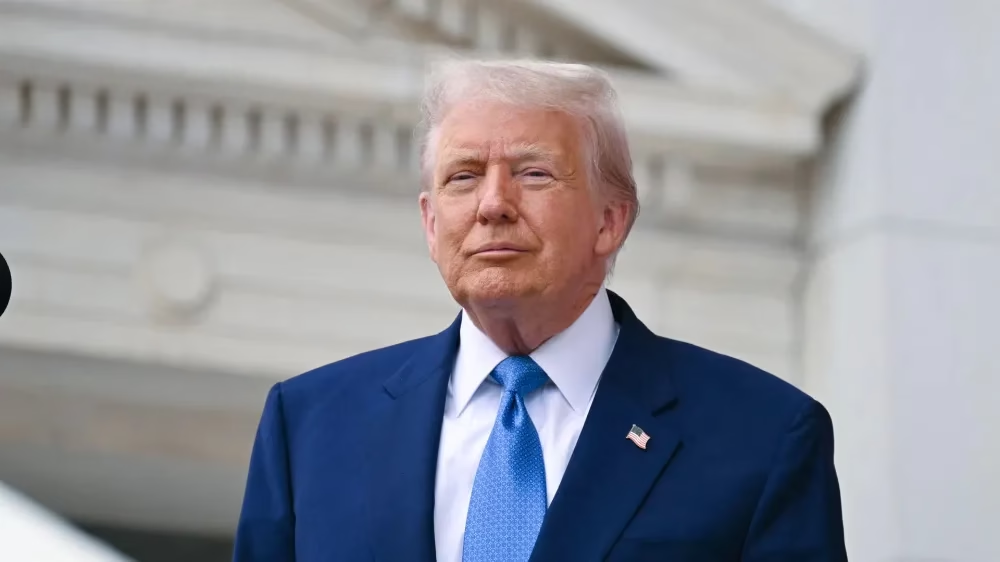TOKYO (Reuters) – The Bank of Japan (BOJ) has taken another step in the direction of dismantling its massive monetary stimulus from the past decade by further loosening its grip on long-term interest rates through adjustments to its bond yield control policy. This move indicates the BOJ’s increasing confidence that conditions for phasing out ultra-loose monetary policy are falling into place, as it revises upward its price forecasts to predict inflation exceeding its 2% target for this year and the next.
Nevertheless, the yen experienced a sharp decline against the dollar following the announcement, with market focus directed at the BOJ’s dovish commitment to “patiently” maintain its highly accommodative policy. The forecast indicating a return of inflation below 2% by 2025 also contributed to the market reaction.
“It looks like the BOJ is taking the ‘softly, softly’ approach here,” observed Kyle Rodda, a senior financial market analyst at Capital.com in Melbourne. “The incrementalism was perhaps a surprise to markets given the speculation of an actual tweak.”
As expected, the BOJ maintained its -0.1% target for short-term interest rates and the 10-year government bond yield around 0%, which was set under yield curve control (YCC). However, it redefined 1.0% as a “loose upper bound” rather than a rigid cap and eliminated the pledge to defend that level by purchasing an unlimited amount of bonds.
The BOJ justified this decision by citing the “extremely high uncertainties over the economy and markets” and the need to “increase flexibility in the conduct of yield curve control.”
This move reflects the challenges posed by rising global bond yields and persistent inflation, making it increasingly difficult for the BOJ to uphold its controversial bond yield control.
Tom Nash, a portfolio manager at UBS Asset Management in Sydney, noted, “A yield cap isn’t a yield cap if you change it every time the market gets close.”
Market attention is now focused on Governor Kazuo Ueda’s post-meeting news conference for hints on how soon the BOJ could transition to a full exit from easy monetary policy.
Despite consistent assurances that ultra-low interest rates will be maintained, market expectations are leaning towards a policy shift early next year. In fact, nearly two-thirds of economists polled by Reuters anticipate that the BOJ will end negative rates in the coming year.



